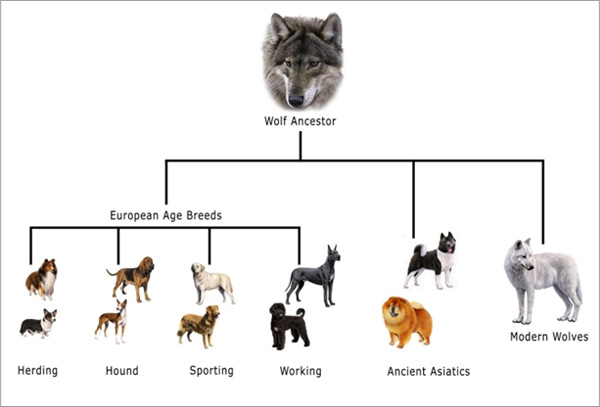
Oxytricha trifallax
This tiny pond creature has 15,600 chromosomes. From Ed Yong:
Within its cell, Oxytricha contains two nuclei, which enclose its DNA. One of these—the micronucleus— contains the complete edition of Oxytricha’s genome, just like the single nucleus within our own cells. That’s the tidy encyclopaedia shelf. But while the material in our nucleus must be constantly decoded and transcribed so that we can live, Oxytricha’s micronucleus is largely inactive. The encyclopaedia’s are barely read.
Instead, it relies on a second structure called the macronucleus. That’s the messy drawer. All of the DNA in the micronucleus is copied thousands of times over, and shunted into the macronucleus. In the process, it is broken up at tens of thousands of places, rearranged, and pruned. What’s left is a collection of thousands of “nanochromosomes” that contain all the information Oxytricha needs to survive. This is the stuff that gets decoded and transcribed, used and reused while the originals gather dust.
Sequencing this almighty mess must have been a devilish task, but Etienne Swart from Princeton University rose to the challenge. Leading a team of US and Swiss scientists, he has sequenced Oxytricha’s complete macronuclear genome. …
The team found around 15,600 of these nanochromosomes. On average, each is around 3,200 DNA ‘letters’ long, and around 80 percent of them contain just a single gene.
More at the link.

